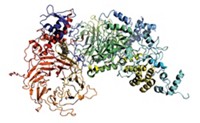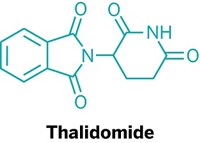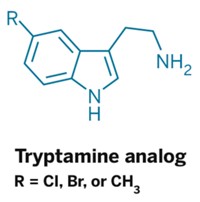Advertisement
Grab your lab coat. Let's get started
Welcome!
Welcome!
Create an account below to get 6 C&EN articles per month, receive newsletters and more - all free.
It seems this is your first time logging in online. Please enter the following information to continue.
As an ACS member you automatically get access to this site. All we need is few more details to create your reading experience.
Not you? Sign in with a different account.
Not you? Sign in with a different account.
ERROR 1
ERROR 1
ERROR 2
ERROR 2
ERROR 2
ERROR 2
ERROR 2
Password and Confirm password must match.
If you have an ACS member number, please enter it here so we can link this account to your membership. (optional)
ERROR 2
ACS values your privacy. By submitting your information, you are gaining access to C&EN and subscribing to our weekly newsletter. We use the information you provide to make your reading experience better, and we will never sell your data to third party members.
Biological Chemistry
Target Of Traditional Chinese Medicine Triptolide Found
Uncovering natural product’s cellular target will facilitate the design of new anticancer and other drug leads
by Stu Borman
January 31, 2011
| A version of this story appeared in
Volume 89, Issue 5
The biological target of the natural product triptolide, a traditional Chinese medicine now in human clinical trials, has been identified. The work by Jun O. Liu of Johns Hopkins University School of Medicine and coworkers could aid the design of triptolide analogs (Nat. Chem. Biol., DOI: 10.1038/nchembio.522). Found in a plant called lei gong teng, or thunder god vine, triptolide is a diterpene with an unusual structure containing three adjacent epoxide groups. It has been used for centuries to treat myriad medical conditions; has been shown to have anti-inflammatory, immunosuppressive, contraceptive, and antitumor activities; and is currently in human clinical trials for cancer and other disorders. Despite its history, triptolide’s cellular target has been unknown. Liu and coworkers now show that it binds to XPB, a subunit of TFIIH, a transcription factor that helps initiate RNA polymerase-based transcription and helps repair DNA damage. The discovery “will facilitate the design of new inhibitors of XPB and other homologous DNA helicases as anticancer and antiproliferative drug leads,” the researchers say.





Join the conversation
Contact the reporter
Submit a Letter to the Editor for publication
Engage with us on Twitter